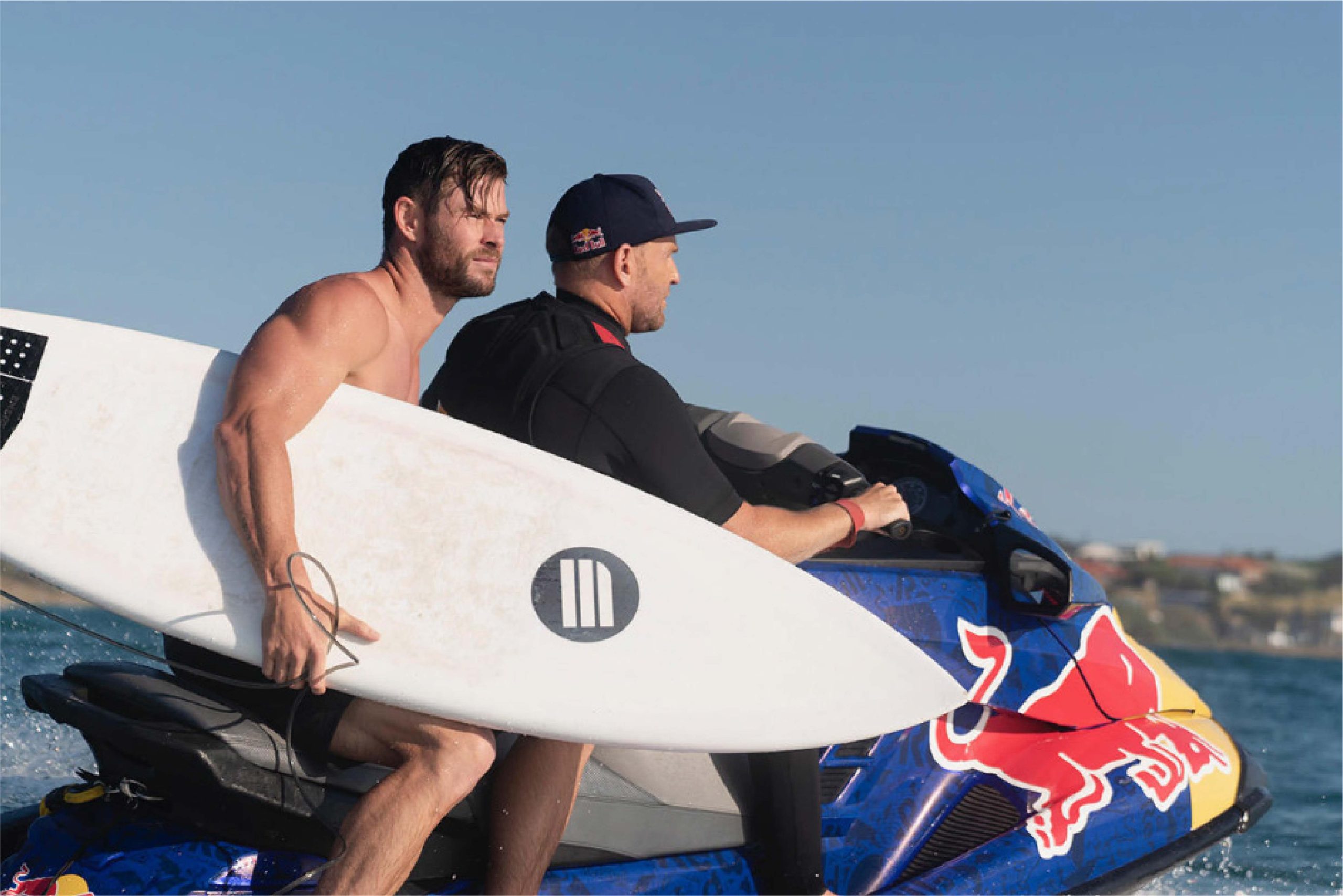Imagine your brand as a living organism: it breathes perception, digests experiences, and radiates a heartbeat of trust. As a brand manager, you are the custodian of this creature—nurturing its growth, defending its reputation, and charting its future path. In this comprehensive guide, we’ll explore why branding is not merely a marketing checkbox but the foundational bedrock on which every successful organization stands. We’ll unpack the strategic, financial, and emotional imperatives of branding, share in-depth case studies, and provide you with actionable frameworks—backed by data, rich examples, and a touch of humor—to help you elevate your brand to new heights.
The Business Imperative: Why Brands outpace Commodities
Defining Brand Equity
Brand equity represents the differential effect that brand knowledge has on consumer response to brand marketing. In essence, it’s the premium customers pay for your name on a product or service. High brand equity translates into:
Premium Pricing Power: Brands with strong equity can command prices 20–30% higher than unbranded counterparts.
Reduced Marketing Costs: Well-known brands spend up to 50% less on marketing to maintain awareness than emerging brands do to build it.
Competitive Moat: Consistent consumer preference that withstands price wars and market fluctuations.
Deep Dive: Measuring Brand Equity
Financial Valuation Methods: Assess future earnings attributable to brand alone using royalty relief or price premium analysis.
Customer-Based Brand Equity Model (Keller): Evaluate brand salience, performance, imagery, judgments, feelings, and resonance through surveys and focus groups.
Digital Sentiment Analysis: Leverage NLP to quantify brand sentiment across social media, review sites, and forums, correlating sentiment shifts with sales data.
Emotional Connection and Consumer Psychology
Brands that engage the limbic brain—the emotional center—trigger loyalty far beyond rational benefits. Key insights:
Emotion Drives Memory: 70% of purchasing decisions are emotionally driven. Emotional branding elements (storytelling, evocative visuals, sound branding) create lasting impressions.
Storytelling Techniques: Use the Hero’s Journey framework to place customers as protagonists overcoming challenges with your brand as the catalyst for transformation.
Example: Nike’s Emotional Branding
Nike’s “Dream Crazy” campaign, narrated by Colin Kaepernick, tapped into social justice emotions, driving a 31% increase in online sales within a week of launch despite initial controversy.
Trust, Loyalty, and Lifetime Value
Trust Precedes Purchase: 82% of consumers say they’d buy from brands they trust.
Loyalty Premium: Loyal customers are worth up to 10x a one-time buyer due to repeat purchases and referrals.
Brand Advocates: Customers who love your brand are 6x more likely to share positive word-of-mouth.
Framework: Building Trust Through Transparency
Open Communication: Share decision-making processes (e.g., behind-the-scenes content, CEO letters).
Ethical Practices: Commit publicly to environmental, social, and governance (ESG) standards.
Consistent Delivery: Align brand promise with actual customer experience every time.
Strategic Branding Pillars for Brand Managers
1. Brand Strategy and Positioning
Components of a Winning Strategy
Audience Segmentation: Move beyond basic demographics—use behavioral and psychographic data to create micro-segments with tailored value propositions.
Value Proposition Canvas: Map customer pains and gains against product features to ensure resonance.
Positioning Statement Formula: For [TARGET], our [BRAND] is the [FRAME OF REFERENCE] that [POINT OF DIFFERENCE] because [REASON TO BELIEVE].
Workshop: Crafting Your Brand Chessboard
Conduct a half-day Brand Positioning Workshop with cross-functional stakeholders.
Prework: Competitive landscape brief and customer interviews.
Activity: Position each brand on attributes like price vs. quality, innovation vs. tradition.
Outcome: Clear quadrant placement and messaging priorities.
2. Visual Identity and Design Systems
Building a Scalable Design System
Design Tokens: Define atoms—colors (HEX, RGB), typography (font-family, size, weight), spacing (px, rem). Automate token export via tools like Style Dictionary.
Component Library: Construct molecules (buttons, form fields) and organisms (navbars, footers) in Storybook with documented props and accessibility guidelines.
Governance: Set up quarterly design reviews, versioned releases (semantic versioning), and a brand council for approvals.
Case Study: Airbnb’s Design Language System (DLS)
Airbnb’s DLS consolidated global product teams around shared components—resulting in 30% faster feature rollouts and 50% reduction in UI inconsistencies.
3. Brand Voice and Messaging
Tone of Voice Playbook
Voice Attributes: Define your brand’s personality traits (e.g., inspiring, conversational, authoritative).
Do’s and Don’ts: Provide examples of preferred language (“welcome” vs. “bienvenue”), contractions, jargon, and inclusive language guidelines.
Template Library: Pre-crafted email, social, and ad copy templates with fill-in-the-blank structures for consistency.
Exercise: The Copy Calibration Test
Present teams with mixed samples—your brand’s copy vs. generic alternatives. Participants vote on which they “feel” aligns with brand personality and iterate based on feedback.
4. Customer Experience and Touchpoint Management
Omnichannel Brand Blueprint
Touchpoint Audit: Map every customer interaction—ads, website, app, packaging, in-store, customer service. Rate each for brand cohesion on a 5-point scale.
Customer Journey Flow: Create layered journey maps highlighting emotional highs and lows.
Service Design Integration: Incorporate backstage processes (inventory systems, training manuals) into blueprints, ensuring seamless delivery.
Tool: Smaply for Journey Mapping
Use Smaply to generate customer persona lanes, touchpoint timelines, and backstage flowcharts in an integrated canvas.
5. Measurement and Brand Governance
Key Brand Health Metrics
Top-of-Mind Awareness (TOMA): Survey-based measure of unaided brand recall.
Brand Consideration Index: Combining aided recognition with purchase intent surveys.
Net Promoter Score (NPS): Gauging loyalty and advocacy likelihood.
Share of Voice (SoV): Brand mentions vs. competitors across media channels.
Governance Framework
Brand Council: Quarterly cross-functional committee for sign-off on major brand changes.
Asset Management: Use DAM (Brandfolder, Bynder) to store and track usage of approved assets.
Editorial Calendar: Centralized schedule for campaigns, content releases, and events ensuring alignment and avoiding brand fatigue.
Practical Roadmap for Brand Managers
0–3 Months
Conduct brand health audit and stakeholder interviews.
Revise brand positioning statement and core messaging.
Audit visual identity against accessibility and consistency standards.
3–6 Months
Develop or refine design system with tokens and component library.
Roll out brand voice guidelines and conduct training workshops.
Launch first omnichannel brand campaign and track initial KPIs.
6–12 Months
Integrate brand health metrics into executive dashboards.
Establish governance processes with brand council and DAM.
Conduct mid-year brand perception survey and iterate strategy.
12+ Months
Expand brand to new markets or segments.
Refresh identity elements based on emerging trends and stakeholder feedback.
Scale employee ambassador program and measure internal brand engagement.
Extended Case Study: Transforming a Legacy Brand
Client: A century-old heritage cosmetics company facing declining relevance among younger demographics.
Challenges:
Outdated visual identity perceived as stuffy and old-fashioned.
Messaging disconnected from millennial and Gen Z values.
Fragmented global brand governance led to inconsistent regional campaigns.
Brandlab Solutions:
Discovery & Empathy: Conducted immersive user research, including in-home product trials and social media ethnography, uncovering desire for sustainable ingredient transparency.
Strategic Repositioning: Pivoted brand narrative to “Heritage meets Sustainable Beauty,” emphasizing eco-friendly packaging and natural formulations.
Visual Reboot: Introduce a modernized logo with organic shapes, earth-toned palette, and a flexible typographic system.
Design System Rollout: Built a global component library and trained 50+ regional marketers on brand usage.
Omnichannel Launch: Simultaneous rollout across e-commerce, social platforms, retail packaging, and influencer partnerships—supported by sustainability content hub.
Impact:
27% increase in online sales within the first quarter.
45% uplift in brand favorability among 18–34 age group.
35% reduction in time-to-market for new product lines due to streamlined brand governance.
SEO Keyword Integration
To dominate search for “why branding matters,” embed these target terms strategically:
why branding matters
brand equity importance
brand strategy tips
brand consistency benefits
brand management best practices
design system branding
measuring brand health
Conclusion: Branding as Your Strategic North Star
Branding is neither superficial nor optional—it’s the strategic compass guiding every decision, interaction, and innovation. For brand managers, mastering the art and science of branding unlocks competitive advantage, fosters customer devotion, and drives sustainable growth. By following the frameworks, metrics, and case studies outlined here, you’ll be well-equipped to elevate your brand from a name on a storefront to a global powerhouse.
Ready to transform your brand strategy? Partner with Brandlab for end-to-end expertise, from strategic planning to creative execution and governance. Let’s chart your path to brand excellence together:










